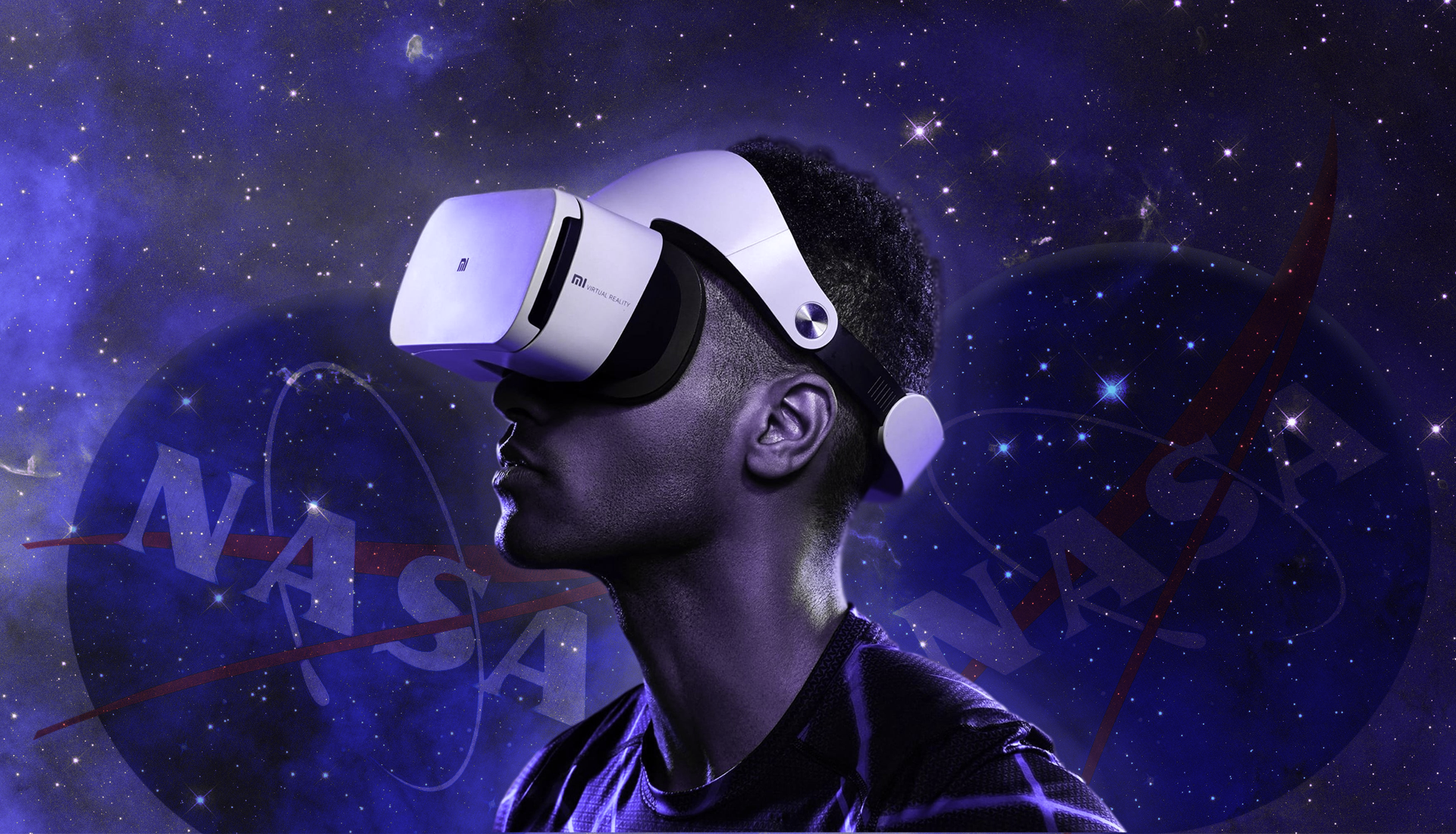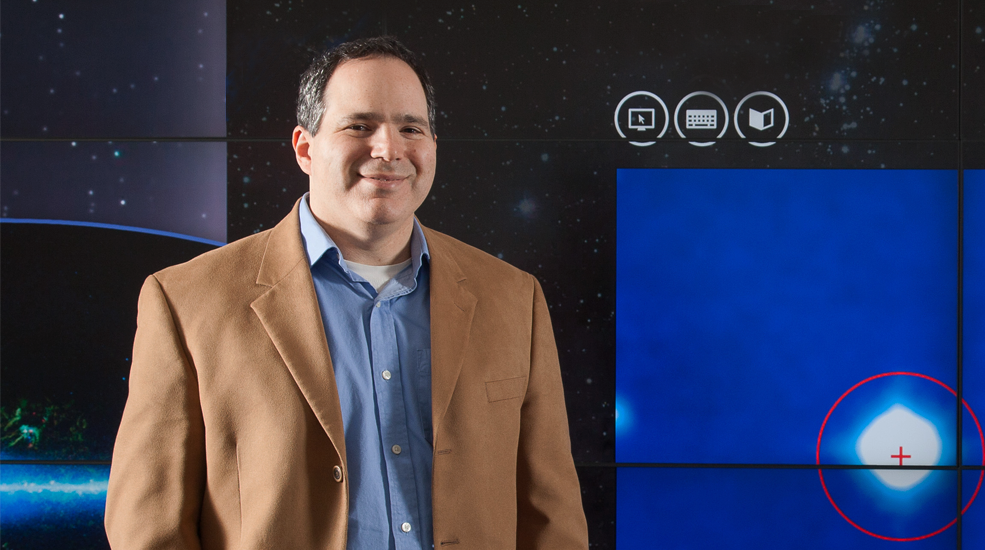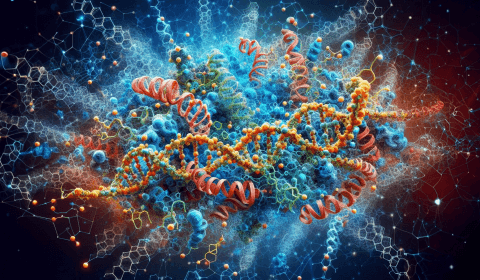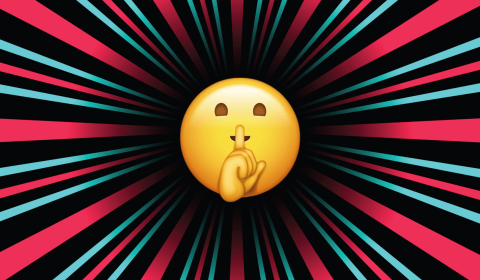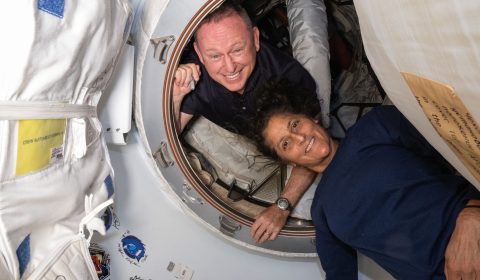VR has astronomical application these days, quite literally.
As it turns out, virtual reality is good for a whole lot more than scaring your younger siblings sh*tless with indie horror games. Weirdly, despite its immense potential, VR didn’t progress much within its home industry of gaming in 2019, but the technology was put to great use across a number of diverse trades.
The military are drafting combat simulations to train soldiers, digital companies are using AR to enhance their GPS apps, Teslasuit have created a device capable of allowing the physically and neurologically impaired to feel ‘virtual textures’, and now astronomers are harnessing VR to improve our understanding of star groupings dotted around our here Milky Way. All in 2019.
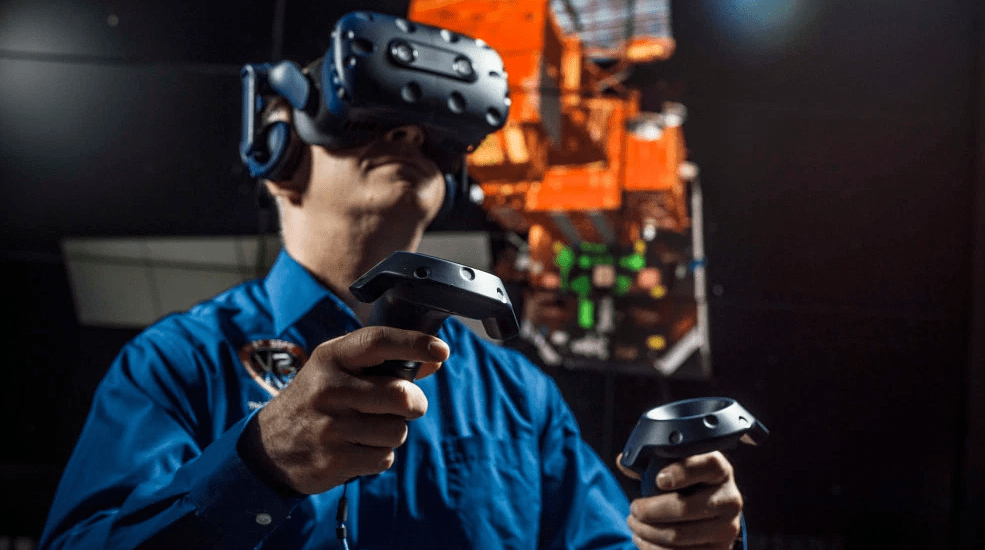
Recently, NASA assembled a small team with the goal of trialling VR to ‘revolutionise’ our methods of star-tracking, thus broadening our understanding of how our galaxy works – and the early results are pretty dang interesting. Conventionally, astronomical data gathering has been carried out by way of legacy tools (a dated but reliable computing system), scattered databases, and often the primitive but patently effective duo of pencil and paper. However, a growing unanimity among the community of cosmic boffins could see VR become the go to vehicle for space discovery in 2020, and beyond (no pun intended).
Using a customisable three-dimensional simulation which depicts the natural speed and direction of four million stars in the Milky Way, these savvy stargazers are able to observe the patterns, paths, and positions of star groupings in a tangible, physical space for the first time ever. From their early findings, the team has posited that all star groupings within our galaxy likely originate from the same time and place, and the same cosmic event.
The classification process for star groupings has been completely revamped too. Through adjusting visibility and distance while inside the digital simulation, the team discovered that many stars had originally been catalogued into the wrong groupings, and that whole groups we’d previously classified actually belonged to far larger groupings. Am I saying groupings too much?









